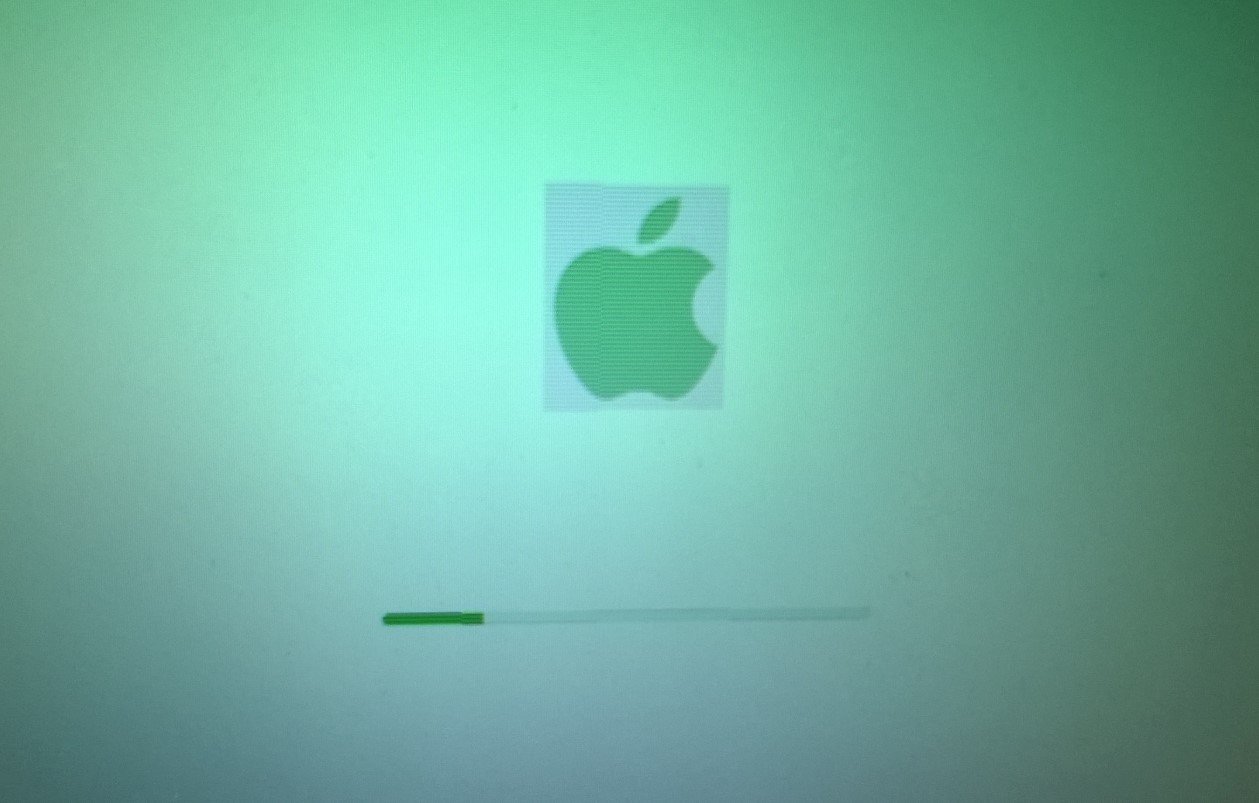News
Bitcoin’s Next Move: How Japan’s Monetary Policy Could Impact Crypto Prices
Are you wondering where Bitcoin prices are headed next? You’re not alone. As news circulates about possible moves by Japan’s central bank and whispers of big market shifts, many investors are looking for clear answers. If you’ve ever felt unsure about what global monetary policy means for your crypto portfolio, this article is for you. We’ll break down how the Bank of Japan’s potential actions could affect Bitcoin, and what steps you can take to navigate the coming volatility.
Why Japan’s Monetary Policy Matters for Bitcoin Investors
When the world’s major economies make moves, the effects ripple through every financial market — including crypto. In recent days, speculation has grown that the Bank of Japan might start printing more Yen and purchase U.S. Treasuries, a tactic known as quantitative easing (QE). But why does that matter for Bitcoin?
Quantitative easing increases the supply of money in an economy, which can weaken the country’s currency. When this happens, investors often look for alternative assets that hold their value better — and Bitcoin is a top contender. According to recent social media chatter and financial analysts, these expectations are already influencing Bitcoin’s price.
How Quantitative Easing Can Boost Bitcoin
- Currency Devaluation: When central banks print more money, it usually leads to a weaker currency. As the Yen drops in value, Japanese investors may turn to assets like Bitcoin to preserve their wealth.
- Global Impact: Moves by the Bank of Japan can also affect global markets. If Japan starts buying more U.S. Treasuries, it could push down yields and drive capital into higher-risk assets — including crypto.
- Market Sentiment: Even rumors or expectations of QE can create excitement in the crypto market, leading to price surges before any official announcement.

What Recent Tweets and Market Signals Are Telling Us
A flurry of tweets suggests that some believe a major market drop is coming, possibly triggered by powerful banking interests. The theory is that after this drop, the Bank of Japan will have the “excuse” it needs to start printing more Yen and purchase U.S. government debt.
Key Points From Social Media Analysis
- Many traders predict a short-term dip in both traditional and crypto markets.
- Following this dip, they expect a strong rally in assets like Bitcoin as Japan’s actions become clear.
- Investors are watching for signs from central banks and major political figures for clues on timing.
Table: Possible Scenarios for Bitcoin Price Movement
| Scenario | Expected Impact on BTC |
|---|---|
| Short-term market drop | Likely dip |
| Bank of Japan announces QE | Likely surge |
| No action from Japan | Sideways or slight dip |
Actionable Steps for Crypto Investors
If you want to protect and grow your crypto portfolio during uncertain times, here’s what you can do:
Stay Informed About Central Bank Policy
Set alerts for major announcements from the Bank of Japan and other central banks. Market moves can happen fast after these events.
Diversify Your Holdings
Don’t put all your eggs in one basket. Consider holding a mix of Bitcoin, Ethereum, stablecoins, and possibly some traditional assets.
Watch for Early Warning Signs
- Sudden drops in global stock markets
- Yen weakness against the US Dollar
- Increased chatter about QE on financial news
Use Risk Management Tools
Set stop losses on your trades and review your portfolio regularly. Volatility can create both opportunities and risks.
Real-Life Example: How Past QE Impacted Bitcoin
When the U.S. Federal Reserve launched massive QE programs during 2020, Bitcoin surged from around $7,000 to over $40,000 within months. According to a report from CoinDesk, much of this growth was attributed to investors seeking safety from currency devaluation.
If the Bank of Japan follows a similar path, history suggests another strong move upward could be ahead for Bitcoin.
Frequently Asked Questions
How does quantitative easing affect Bitcoin prices?
Quantitative easing increases money supply and often weakens national currencies. This makes hard assets like Bitcoin more attractive as stores of value, often driving up their prices.
Should I buy Bitcoin before or after a potential market dip?
Many investors wait for price pullbacks to buy at lower levels. However, timing the market is challenging. Consider dollar-cost averaging to reduce risk.
What other assets benefit from quantitative easing?
Gold, stocks, and real estate often rise when central banks print money. However, each asset reacts differently based on broader economic conditions.
Is it safe to hold only crypto during uncertain times?
Diversification is important. While Bitcoin can benefit from QE, it’s wise to balance your portfolio with other asset types.
Where can I get real-time updates on central bank policies?
Follow reputable financial news sites like Bloomberg or Reuters, and consider setting up Google Alerts for terms like “Bank of Japan QE”.
Conclusion: Prepare Now for Market Moves
Major shifts in monetary policy by central banks like the Bank of Japan can send shockwaves through both traditional and crypto markets. By staying informed, diversifying your holdings, and using smart risk management, you can turn uncertainty into opportunity.
Start tracking global economic news today and consider adjusting your crypto strategy based on evolving conditions. Have questions or want to share your thoughts? Drop a comment below or check out our other guides on navigating crypto market cycles!














